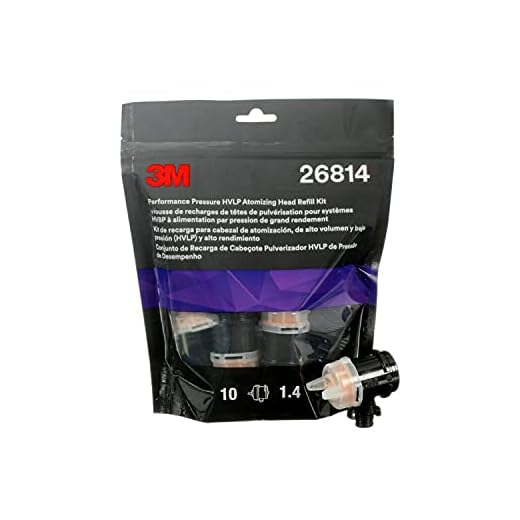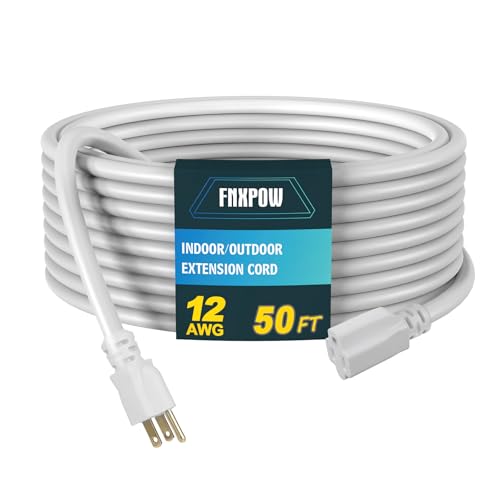



From my extensive experience in the cleaning equipment industry, employing a sprayer for tasks typically reserved for a cleaning apparatus is not advisable. The operational pressures and fluid dynamics of these tools are fundamentally different. While a spray mechanism aims to atomise liquid for smooth application, the latter is designed to deliver a concentrated jet with significant force, ideal for removing stubborn dirt and grime.
Utilising a sprayer in place of a specialised cleaning product can lead to inadequate results. The pressure levels produced by a typical spray system fall short of what’s necessary to dislodge debris effectively from surfaces. Moreover, the risk of damaging both the device and the surfaces being cleaned is substantial, as the wrong type of nozzle or setting can lead to unintended consequences.
For those considering alternatives, investing in a dedicated cleaning system is the most efficient route. The advantages include not only the level of cleanliness achieved but also the enhanced durability and performance tailored to specific cleaning tasks. Prioritising the right equipment for each job cannot be overstated; it guarantees optimal results and protects your investment in tools.
Understanding the Mechanics of Paint Sprayers
Operating such devices involves a straightforward principle: they utilize a pump system to atomise liquid materials, creating a fine mist. This atomisation process relies on high-pressure mechanics, which produces a spray pattern that adheres effectively to surfaces. A key component is the nozzle, which plays a pivotal role in determining the spray’s pattern and width. Adjusting the nozzle size can significantly influence the flow rate and finish quality.
Components and Functionality
The primary mechanism involves an electric or gas-powered motor driving a piston or diaphragm pump. This creates the necessary pressure to push the liquid through the hose and out of the nozzle. Most models include an adjustable pressure regulator, allowing distinct control over the intensity of the output. Moreover, the feed system can vary; some use a siphon method while others are equipped with a pressurised tank.
Maintenance Tips
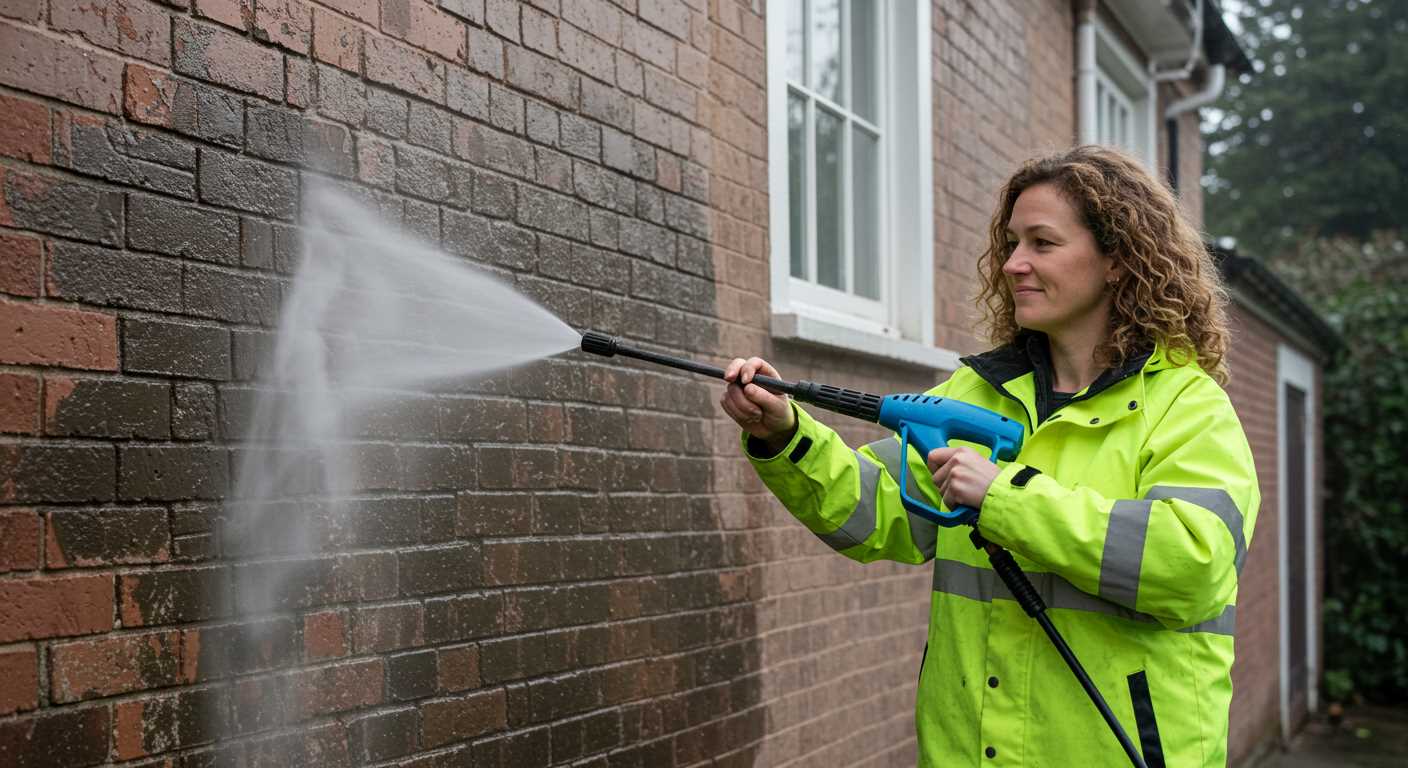
Regular upkeep is fundamental for optimal operation. Flushing the system with water or cleaning solution after each use prevents clogs and prolongs the lifespan of internal components. Lubricating moving parts as per the manufacturer’s instructions ensures smooth function, while periodic inspection of the hose and nozzle for wear and tear can avert performance issues. Ensuring all connections are tight helps avoid leaks and maintain efficiency.
Understanding the design and workings of such devices clarifies their specific application. Knowledge of these aspects aids in achieving excellent results and understanding the limitations in their functionality.
Comparing Spray Pressure: Paint Applicators vs Cleaning Machines
Typically, devices designed for applying coatings feature a significantly lower output than those engineered for washing surfaces. The average output for a coating applicator hovers around 2,000 to 3,000 psi, with peak pressure reaching 3,500 psi. In contrast, equipment meant for cleaning operates at a much higher range, generally starting at 1,500 psi and extending beyond 4,000 psi for industrial-grade models. This disparity highlights the intended purposes of these machines.
When I tested various brands, it became evident that the force delivered by cleaning machines can effectively remove dirt, grime, and stains that coatings cannot address. Even when adjusted for spray patterns, coating applicators struggle to match the aggressive force produced by cleaning units.
If considering the types of nozzles used, cleaning machines often feature interchangeable tips designed for various tasks, influencing both spray pattern and intensity. Applicators primarily employ a consistent spray meant for even coverage, not facilitating the same level of adaptability. This distinction is crucial when evaluating tasks for specific needs.
Adjusting pressure on cleaning devices also allows for precision in handling delicate surfaces, such as vehicles or wood, whereas coating tools generally lack this level of control. Depending on the task, understanding these variations in spray force proves essential for achieving desired results.
In conclusion, while there might be a temptation to repurpose a coating applicator for washing, the differences in output pressure and function render them unsuitable for such tasks. Always select the right tool for optimal outcomes.
Potential Risks of Using a Paint Sprayer for Washing
.jpg)
Attempting to apply a device typically meant for coating surfaces as a means of cleaning introduces several hazards that warrant consideration.
- Inadequate Water Pressure: The lack of sufficient force may result in ineffective removal of dirt and grime, leading to more strenuous cleaning methods later.
- Damage to Surfaces: Surfaces might suffer from scratches or other forms of damage due to improper application techniques and nozzle types.
- Contamination: Residual substances previously used in the spraying apparatus may contaminate clean water, posing risks to surfaces and the environment.
- Health Risks: Exposure to harmful chemicals previously used in the device can inadvertently affect health, particularly if inhaled or if skin contact occurs.
- Mechanical Failure: The internal components of a sprayer not designed for high-pressure tasks may fail, resulting in costly repairs or replacements.
- Safety Hazards: The risk of slips, falls, or accidents increases when utilizing equipment outside of its intended purpose.
While it may seem convenient, repurposing a sprayer in this manner poses significant risks that tend to outweigh any potential benefits. I strongly advise against this practice for anyone concerned about maintaining their equipment and ensuring effective cleaning while prioritising safety.
Recommended Techniques for Optimal Results
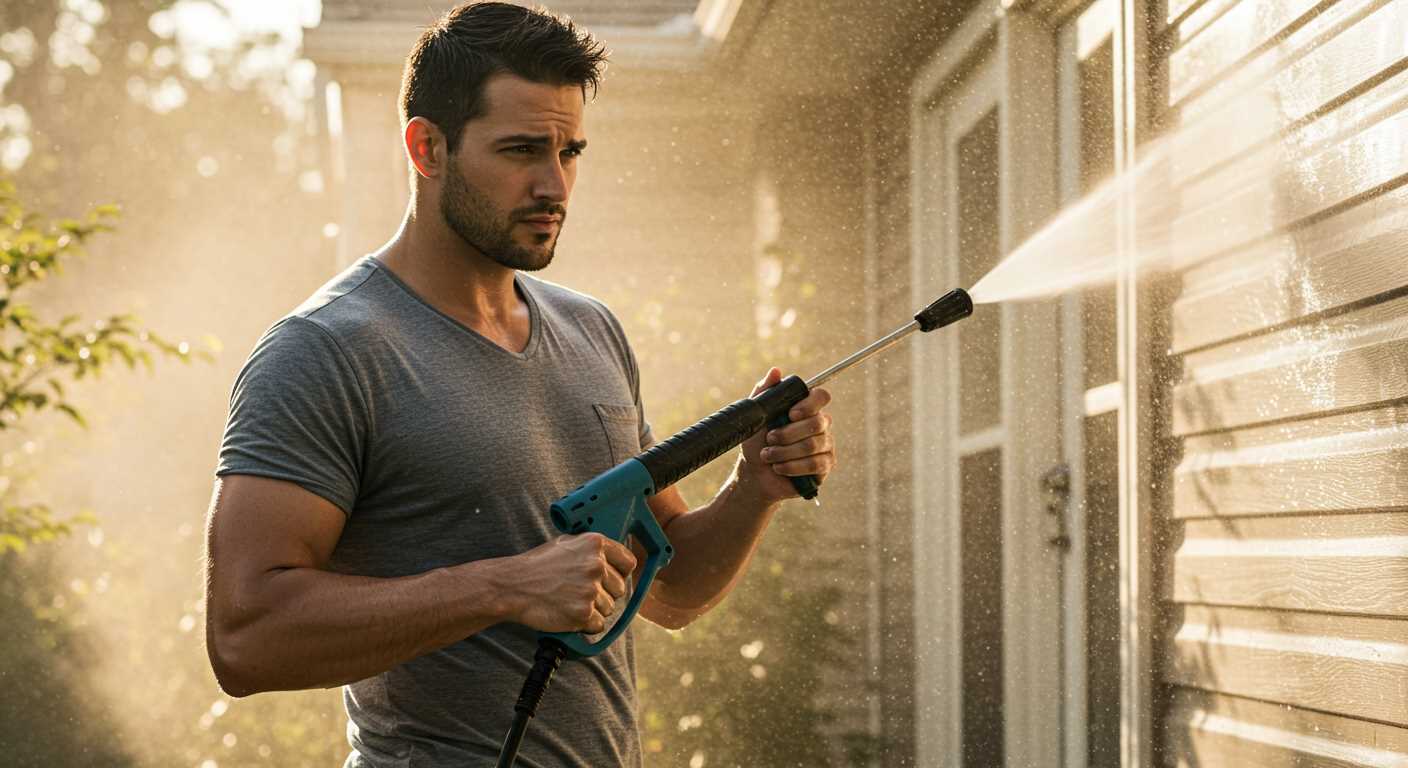
For achieving the best outcomes when employing a sprayer for washing tasks, I recommend selecting a high-quality nozzle that offers adjustable spray patterns. This allows for greater control over the dispersion and impacts of the solution on various surfaces.
Surface Preparation
Prior to application, ensure surfaces are free of loose debris, dirt, and stains. A thorough initial cleaning, even if not done with traditional washing equipment, will enhance the removal effectiveness and ensure uniform coverage.
Using Cleaning Solutions
Opt for specifically formulated cleaning agents compatible with your device. Check for recommendations from the equipment manufacturer to prevent damage or reduced performance. Make sure to dilute solutions according to product guidelines to maintain the balance between cleaning power and equipment longevity.
Maintain a consistent distance from surfaces while applying the cleaning solution, typically around 18 to 24 inches. Moving in smooth, overlapping strokes will help achieve comprehensive coverage and minimise streaking or pooling of the cleaning agent.
Lastly, thorough rinsing with clean water post-application is crucial. This ensures no residue remains, which could affect both the appearance of the surface and the longevity of the finish.
Types of Surfaces Suitable for Each Tool
For optimal results, it’s crucial to match the right device to the surface being treated. Certain finishes thrive under certain methods of application.
Recommended Surfaces for High-Pressure Equipment
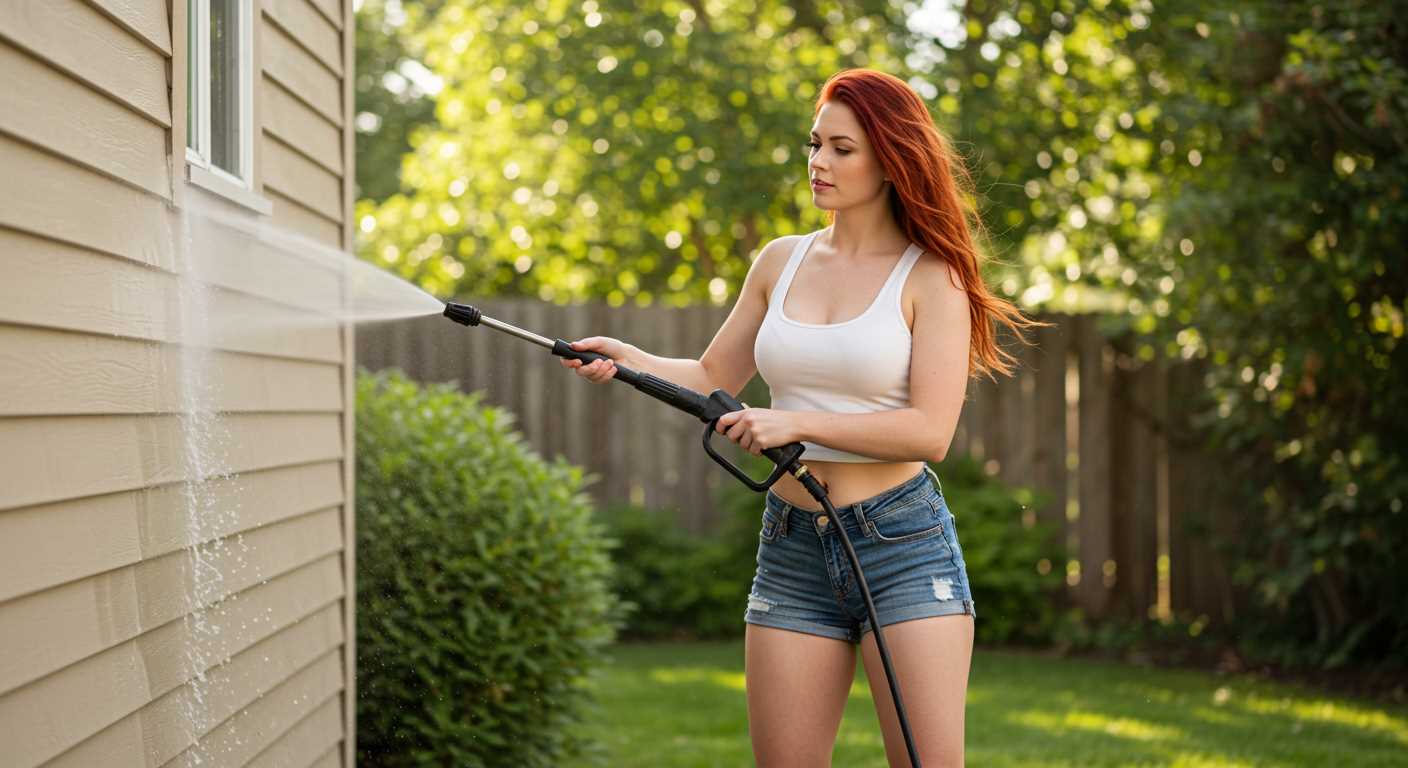
Highly durable materials like concrete, brick, or stone are ideal for high-pressure cleaning devices. These surfaces can withstand significant force and benefit from thorough cleansing, removing grime and stains effectively. Consider using this equipment on outdoor patios, driveways, and decks, where tough debris accumulates.
Additionally, metal surfaces such as fences and siding can benefit from a powerful rinse to remove oxidation and dirt. Care must be taken with painted metal to avoid damage to the finish, thus adjusting the nozzle and pressure is advisable.
Suitable Surfaces for Airless Coating Systems
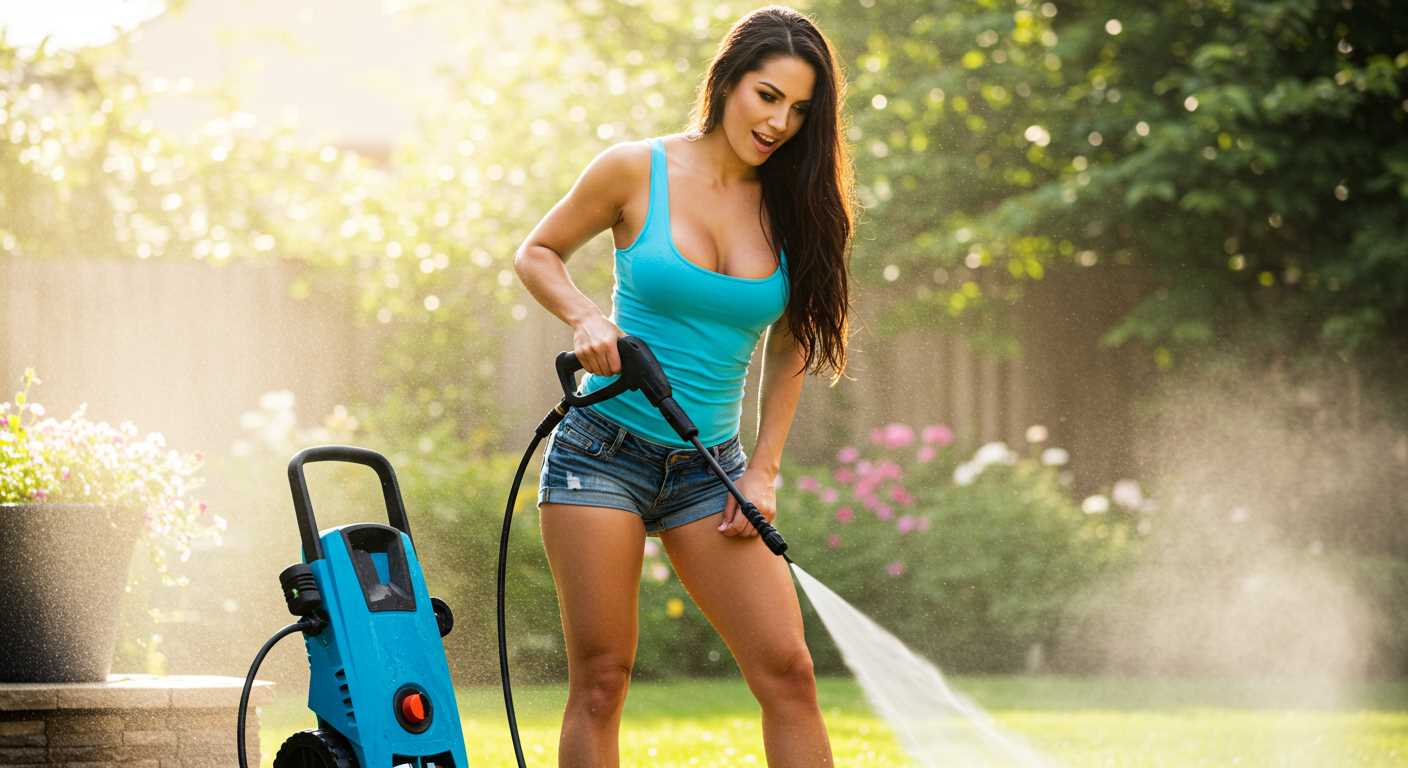
Airless applicators are best suited for flat surfaces that require a consistent finish. Walls, ceilings, and furniture made from wood or board are excellent candidates, allowing for smooth, even coverage. For outdoor wooden structures, like porches or garden furniture, this method can provide a protective coat against the elements.
It’s prudent to note that delicate surfaces–such as vehicles or glass–require caution. The applied force from these units may cause scratches or chips, hence, it’s better to reserve them for robust surfaces only.
Cost Considerations: Is It Worth the Attempt?
.jpg)
Assessing the feasibility of employing a spray device for washing tasks boils down to cost-effectiveness. The initial investment in dedicated cleaning units typically ranges from £100 to £500, depending on the specifications and brand. In contrast, repurposing a sprayer might seem attractive due to the absence of additional expenditure; however, the long-term implications on time, resources, and potential repair costs should not be overlooked.
Damage incurred through improper use can lead to expenses that outweigh any short-term savings. For example, if the equipment becomes clogged or damaged, repairs could cost from £50 upwards, not to mention the potential need for replacement parts or complete units. Additionally, the effectiveness of these tools can significantly drop when misapplied, resulting in inadequate cleaning and further expenditure on cleaning agents or manual scrubbing.
Here’s a comparative breakdown of costs involved:
| Item | Dedicated Cleaning Unit | Repurposed Unit |
|---|---|---|
| Initial Purchase Price | £100 – £500 | £0 (if owned) |
| Common Repair Costs | £20 – £100 | £50 – £200 |
| Operational Efficiency | High | Low to Moderate |
| Cleaning Time (Average) | 1 – 2 hours | 2 – 4 hours |
Investing in appropriate machinery not only ensures better performance but also significantly reduces the time required for cleaning. Ultimately, the decision depends on personal circumstances and how often these tasks are undertaken. In my experience, opting for the right tools is often more prudent than attempting to adapt equipment that wasn’t designed for those specific purposes.
Alternative Uses for Paint Sprayers in Cleaning Tasks
Utilising a sprayer for tasks beyond its primary function can yield impressive results, particularly in niche cleaning scenarios. Here are some unconventional applications based on my extensive experience in the cleaning equipment industry:
- Applying Cleaning Solutions: Diluted cleaning agents can be effectively applied to large areas using the nozzle. This method allows for even distribution, especially on vertical surfaces like walls and fences.
- Stain Removal: For outdoor furniture or vehicles, misting a solution directly onto stubborn stains can help lift grime. Follow up with gentle scrubbing for enhanced effectiveness.
- Surface Preparation: Before any major cleaning or restoration project, a sprayer can help prep surfaces by applying degreasers or detergents uniformly.
- Cleaning Gutters: With an appropriate attachment, gutter cleaning can be streamlined by applying water or cleaning solutions to dislodge debris. Exercise caution to avoid overspray that could affect landscaping.
- Window Cleaning: Mixing a window-cleaning solution with water can facilitate a swift application across glass surfaces, reducing the need for traditional wiping methods.
When exploring these methods, it is essential to ensure that the equipment is compatible with the cleaning products being used. Some chemicals might damage the inner components, so always read manufacturer guidelines.
Using such devices in alternative settings not only maximises efficiency but also expands the tool’s versatility, making it a valuable addition to the cleaning arsenal.



